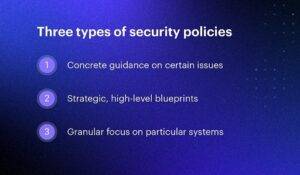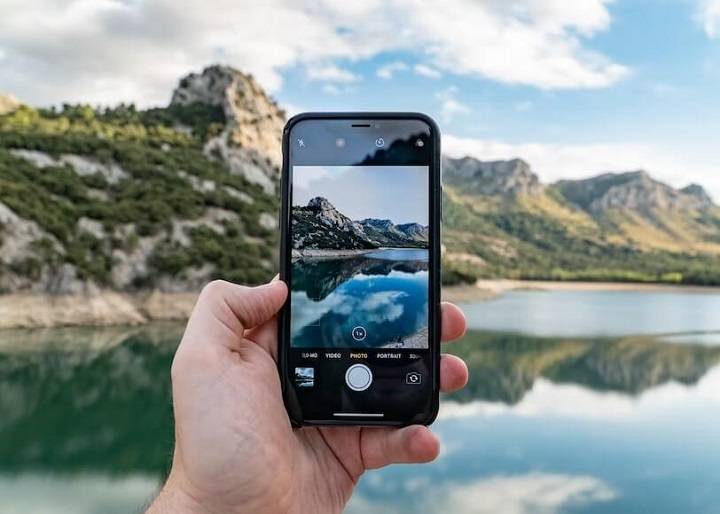In an increasingly digital world, the use of cameras has become ubiquitous. Whether for personal photography, video conferencing, or security surveillance, cameras are integrated into our daily lives in various ways. However, there are situations where the use of cameras may be restricted or even prohibited due to security concerns. This article explores the importance of a robust security policy and how it can prevent the use of cameras in specific contexts. We’ll delve into the rationale behind such policies, their implementation, and the implications for individuals and organizations.
The Role of Security Policies

Defining Security Policies
Security policies are a set of rules and guidelines established by an organization or entity to safeguard its assets, both physical and digital. These policies are crucial for ensuring the confidentiality, integrity, and availability of sensitive information, as well as for maintaining the safety of individuals within the organization’s premises.
Camera Use in the Modern World
In today’s digital age, cameras are found everywhere, from smartphones to surveillance systems. While these devices offer numerous benefits, they also pose potential security risks when used inappropriately. Security policies are essential to strike a balance between reaping the benefits of cameras and mitigating the associated risks.
Security Concerns and the Use of Cameras
Privacy Concerns
One of the primary reasons organizations and institutions restrict camera usage is to protect the privacy of individuals. Unauthorized or intrusive camera use can infringe upon personal privacy, leading to legal and ethical issues.
Intellectual Property Protection
In corporate settings, the protection of intellectual property is paramount. Unauthorized photography or recording can lead to the exposure of sensitive information, trade secrets, or proprietary technology, potentially causing significant harm to the organization.
Security Vulnerabilities
Cameras can be used as tools for reconnaissance, enabling potential attackers to gather information about an organization’s security measures, infrastructure, or personnel. These insights can be exploited for malicious purposes.
Implementing a Camera Use Policy
Access Control
Organizations can restrict camera usage through access control mechanisms. This includes preventing unauthorized individuals from bringing cameras into sensitive areas or implementing technical solutions to disable camera functionality in certain locations.
Education and Awareness
Ensuring that all personnel are aware of the camera use policy is vital. Conducting regular training sessions and raising awareness about the potential risks associated with camera usage can help in preventing unintentional violations.
Monitoring and Enforcement
Effective enforcement of the policy is essential. Surveillance systems, security personnel, and monitoring tools can be used to detect and deter unauthorized camera usage. Violations of the policy should be met with appropriate consequences.
The Implications of a Stringent Camera Use Policy
Enhanced Security
A well-structured camera use policy can significantly enhance the security of an organization or institution. It helps protect sensitive information, maintain privacy, and reduce the risk of security breaches.
Legal Compliance
Adhering to a camera use policy is not only a matter of security but also a legal requirement in some cases. Violating these policies can lead to legal action, fines, or sanctions.
Reputation and Trust
Maintaining a stringent camera use policy demonstrates a commitment to security and privacy, which can enhance an organization’s reputation and build trust with clients, partners, and stakeholders.
In a world where cameras are an integral part of our lives, security policies that restrict their use in certain contexts are a necessary safeguard. Such policies protect privacy, intellectual property, and security, and they help organizations comply with legal requirements. Implementing and enforcing these policies requires a coordinated effort, but the benefits in terms of enhanced security and reputation make the investment worthwhile. So, the next time you encounter a “No Cameras Allowed” sign, remember that it’s not just a restriction; it’s a reflection of a robust security policy in action.


